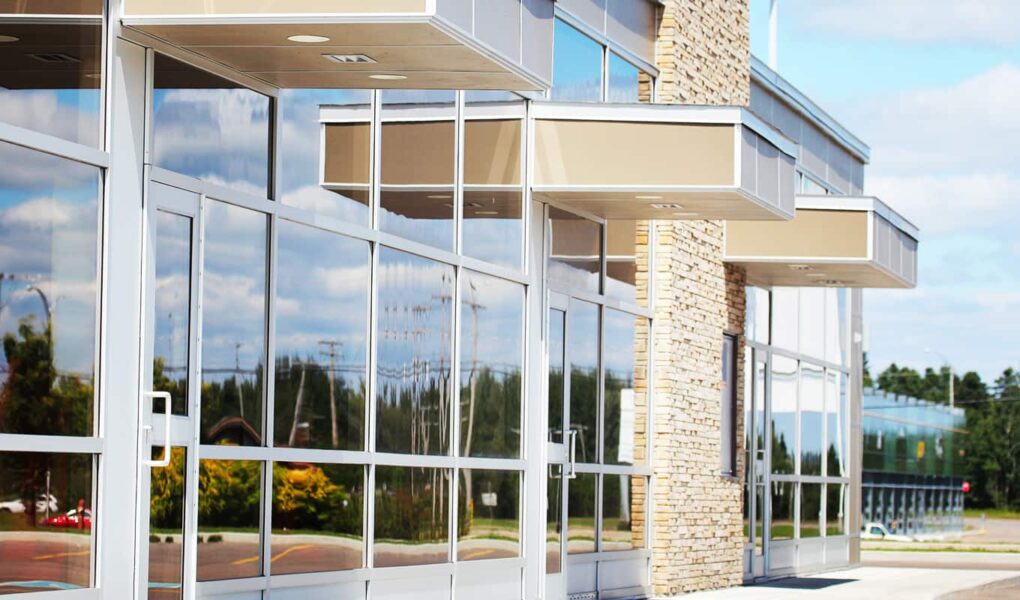Today’s buildings are more than mere shelters; they are intelligent structures designed to optimize energy consumption and minimize environmental impact. A cornerstone of this energy efficiency revolution is insulated glass products. These specially designed windows provide an effective barrier against external temperature fluctuations, helping maintain a stable and comfortable indoor environment. Let’s delve into the mechanics of insulated glass and explore how these products are instrumental in the global quest for greener, more sustainable buildings.
The Basics of Insulated Glass Products
Insulated glass units (IGUs) comprise two or more glass panes spaced apart and sealed to form a single window system. Air or inert gases like argon or krypton fill the spaces between the panes, which act as insulators. Coatings or films can also be applied to the glass to improve its insulating properties or to reflect UV rays. This structure significantly reduces the heat transfer through the window and is a fundamental component in conserving energy within a building.
Impact on Energy Consumption and Efficiency
Insulated glass products are directly tied to a building’s energy profile. These products have been shown to reduce the burden on HVAC systems, enabling buildings to maintain a comfortable indoor temperature with less energy. High-efficiency IGUs are particularly effective in extreme climates where the difference between indoor and outdoor temperatures is considerable. Here, insulated glass becomes essential, not only for comfort but for achieving significant energy savings. Moreover, installing a grid between glass windows can significantly impact energy consumption and efficiency by providing better insulation and reducing heat loss, helping maintain a consistent indoor temperature throughout the year.
Cost Benefits and Return on Investment
Although the initial investment in insulated glass might be higher than traditional glazing options, the long-term savings are substantial. When projected over the lifespan of a building, insulated glass products not only pay for themselves but also contribute to appreciable savings.
Technological Advancements in Insulated Glass
Innovation in the insulated glass sector has been dynamic, with recent developments aimed at pushing the limits of energy efficiency. Innovative glass technologies, which allow users to control the amount of light and heat passing through a window, are no longer futuristic. Thermochromic and photochromic technologies transform windows into responsive elements that autonomously adapt to environmental changes.
Environmental Considerations
The environmental impact of insulated glass cannot be overstated. These windows can significantly reduce a building’s carbon footprint by reducing the need for heating and cooling. Furthermore, many insulated glass products meet strict environmental standards and certifications, contributing to a building’s overall green credentials.
Making the Choice for Insulated Glass
When choosing insulated glass for a project, factors such as climate, building orientation, and local energy codes must be considered. Working with reputable manufacturers who can guarantee their products’ thermal performance is also essential. Professional installation is necessary to ensure the IGUs function as designed and deliver maximum energy efficiency benefits.
In conclusion, insulated glass products are at the forefront of sustainable building design. Their ability to insulate against temperature extremes makes them an essential feature in energy-efficient construction. By selecting the right insulated glass products and ensuring their correct installation, building owners can enjoy reduced energy costs, enhanced comfort, and contribute positively to the environment.

